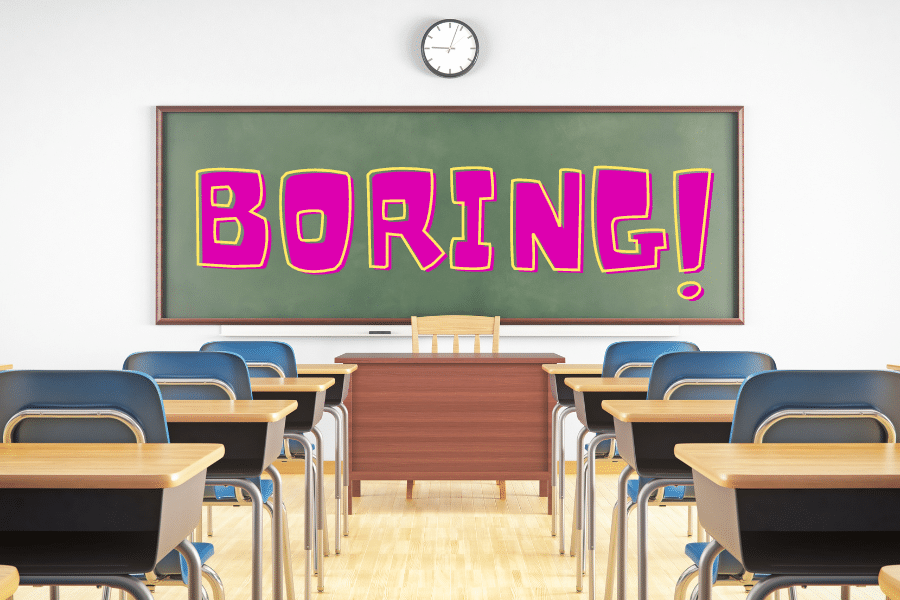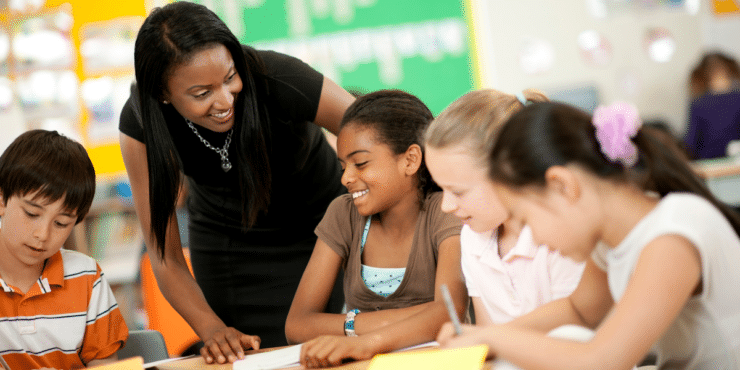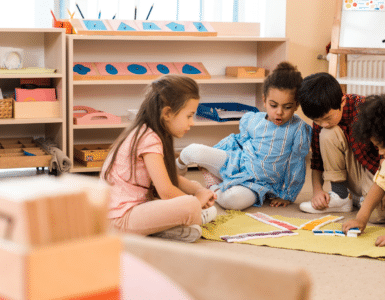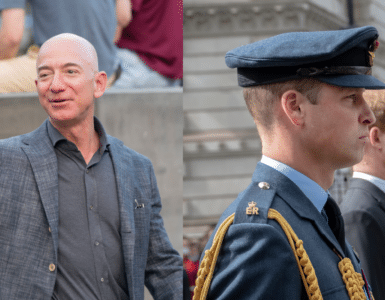Do you remember sitting at your desk at school and feeling bored out of your mind while the teacher talked on and on about something that you didn’t care about? For me, that was most of my school life but I still ended up being a teacher!
Instead of lecturing students and boring them to death though, I became a Reggio Emilia teacher and taught students how to think for themselves and encouraged their interests.
The traditional classroom model of students staring at a teacher and being lectured at all day simply doesn’t work. Students learn in various ways such as auditory, visual, and kinesthetic learning styles. They also learn at different paces and have different needs depending on each person.
Studies show that students learn best by doing rather than being told what to do.
The flipped classroom model is the opposite of the traditional classroom model. It gives students more freedom, allows students to learn at their own pace, and gives students more autonomy which is key for learning in effective and meaningful ways.
This newer model of teaching was first introduced in 1984 by Militsa Nechkina, a member of the USSR Academy of Pedagogical Sciences. She encouraged some teachers in Russia to let their students read about a topic on their own first, give them time to reach their own conclusions, and then discuss it in class.

After that, many different teachers and professors helped develop this model further by applying it to their own classrooms and sharing their methods with others. The flipped classroom model has been refined by many different people over the years to become the teaching approach that it is today.
The Advantages of Flipped Classrooms
In a flipped classroom, students first learn about the topic by themselves at home. They can read a book, watch a video, look at websites, or listen to audio recordings. Most of the time, they watch a video.
During class, students discuss the topic and work on a project that applies what they have learned. Students come to class with knowledge about the topic already and contribute to the discussion in class. They’re active participants instead of passively listening to the teacher.
Compared to a traditional class, the flipped classroom is a much better way for students to learn. It’s more interactive and encourages students to be more independent and take responsibility for their learning.
Downsides of a Flipped Classroom
The downside is that students still need to do homework, which is just time-wasting busy work that causes lots of stress and is not necessary for students to learn. Another downside is that this model relies on too much screen time when most students are already looking at screens too much.
Also, watching a video lecture is not that much better than seeing a lecture in real life. If a student does not learn well by listening to lectures, watching a video lecture versus being lectured in real life is not going to improve their understanding or interest in the topic.
Not all schools and teachers have the time and resources to create videos for students and not all students can easily watch videos at home, so there is a socio-economic problem when trying to apply this model to all schools.
There’s also the fact that this model is still telling students what to learn about and making the entire class learn the same thing even if it is at their own pace.
Better Alternatives Exist
Since I’m a Reggio Emilia teacher, I believe that learning should be individualized and that every student should be fully in charge of their learning journey with parents and teachers supporting the student’s interests, encouraging them, and presenting activities that connect to topics they show interest in rather than telling them what topic they should be learning about.
With so many students all over the world still trapped in traditional classrooms, it’s going to be a long time before most schools apply the flipped classroom model, let alone a Reggio-style approach.
I’m glad that more parents and educators are trying to move away from traditional teaching and exploring methods that give students more freedom and autonomy. I look forward to the traditional classroom model becoming a thing of the past!








Add comment